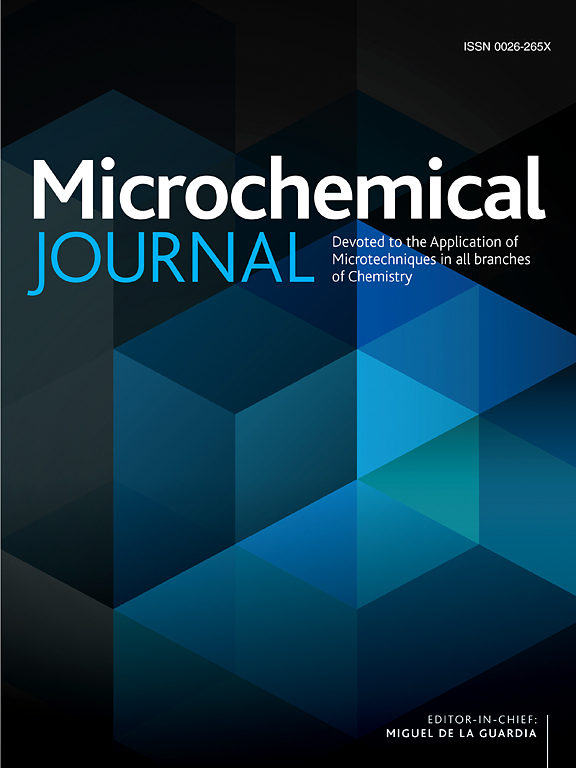A comprehensive review of state-of-the-art biosensors for detection of allergenic substance lysozyme: A structured recent review and update
IF 4.9
2区 化学
Q1 CHEMISTRY, ANALYTICAL
引用次数: 0
Abstract
Lysozyme (LZM) is a major allergenic protein found in different foods, such as chicken eggs, primarily in the egg white. It can cause adverse reactions in sensitive individuals, leading to symptoms ranging from mild hives to life-threatening anaphylactic shock. Therefore, it’s crucial for those with allergies to avoid any contact with LZM and foods containing it. Reliable analytical methods are essential to ensure consumer safety and improve food production through hazard analysis and good manufacturing practices. The following review article provides an overview of recent progress in biosensors used for the detection of LZM. This article developed a comprehensive review of the main applications of LZM detection, emphasizing the advantages and disadvantages of common analytical techniques such as conventional methods (DNA-based methods and ELISA/Immunochromatography assay/Immunoassay/Mass spectrometry) and modern methods (biosensors such as electrochemical, optical, molecularly imprinted polymers and magnetoelastic sensing). Subsequently, it delves into the developments in biosensors pertaining to the detection mechanisms, including the utilization of nanomaterials as signal probes and carriers for loading signal probes, while also addressing their sensitivity and performance evaluation. Lastly, it discusses the challenges and potential opportunities in the advancement of biosensors for LZM detection.

用于检测致敏物质溶菌酶的最先进生物传感器综述:近期结构性综述与更新
溶菌酶(LZM)是一种主要的过敏原蛋白质,存在于鸡肉鸡蛋等不同食物中,主要存在于蛋白中。它可引起敏感人群的不良反应,导致轻度荨麻疹到危及生命的过敏性休克等症状。因此,对于过敏体质的人来说,避免接触 LZM 和含有 LZM 的食物至关重要。可靠的分析方法对于确保消费者安全以及通过危害分析和良好生产规范改进食品生产至关重要。以下综述文章概述了用于检测 LZM 的生物传感器的最新进展。本文全面综述了 LZM 检测的主要应用,强调了常见分析技术的优缺点,如传统方法(基于 DNA 的方法和酶联免疫吸附法/免疫层析法/免疫测定/质谱法)和现代方法(生物传感器,如电化学、光学、分子印迹聚合物和磁弹性传感)。随后,报告深入探讨了生物传感器在检测机制方面的发展,包括利用纳米材料作为信号探针和载入信号探针的载体,同时还讨论了其灵敏度和性能评估。最后,报告还讨论了用于 LZM 检测的生物传感器在发展过程中面临的挑战和潜在机遇。
本文章由计算机程序翻译,如有差异,请以英文原文为准。
求助全文
约1分钟内获得全文
求助全文
来源期刊

Microchemical Journal
化学-分析化学
CiteScore
8.70
自引率
8.30%
发文量
1131
审稿时长
1.9 months
期刊介绍:
The Microchemical Journal is a peer reviewed journal devoted to all aspects and phases of analytical chemistry and chemical analysis. The Microchemical Journal publishes articles which are at the forefront of modern analytical chemistry and cover innovations in the techniques to the finest possible limits. This includes fundamental aspects, instrumentation, new developments, innovative and novel methods and applications including environmental and clinical field.
Traditional classical analytical methods such as spectrophotometry and titrimetry as well as established instrumentation methods such as flame and graphite furnace atomic absorption spectrometry, gas chromatography, and modified glassy or carbon electrode electrochemical methods will be considered, provided they show significant improvements and novelty compared to the established methods.
 求助内容:
求助内容: 应助结果提醒方式:
应助结果提醒方式:


